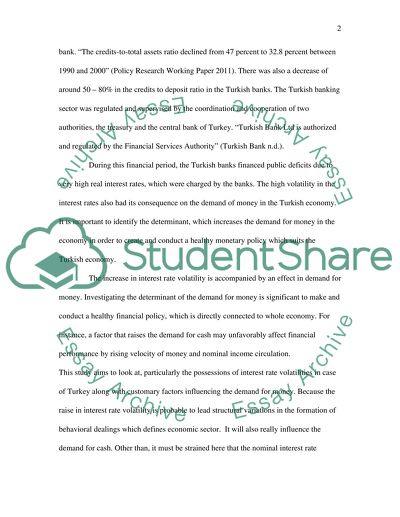Cite this document
(“The effects of interest rate volatilities on the demand of Turkish Essay”, n.d.)
Retrieved from https://studentshare.org/finance-accounting/1393986-the-effects-of-interest-rate-volatilities-on-the-demand-of-turkish-money
Retrieved from https://studentshare.org/finance-accounting/1393986-the-effects-of-interest-rate-volatilities-on-the-demand-of-turkish-money
(The Effects of Interest Rate Volatilities on the Demand of Turkish Essay)
https://studentshare.org/finance-accounting/1393986-the-effects-of-interest-rate-volatilities-on-the-demand-of-turkish-money.
https://studentshare.org/finance-accounting/1393986-the-effects-of-interest-rate-volatilities-on-the-demand-of-turkish-money.
“The Effects of Interest Rate Volatilities on the Demand of Turkish Essay”, n.d. https://studentshare.org/finance-accounting/1393986-the-effects-of-interest-rate-volatilities-on-the-demand-of-turkish-money.


